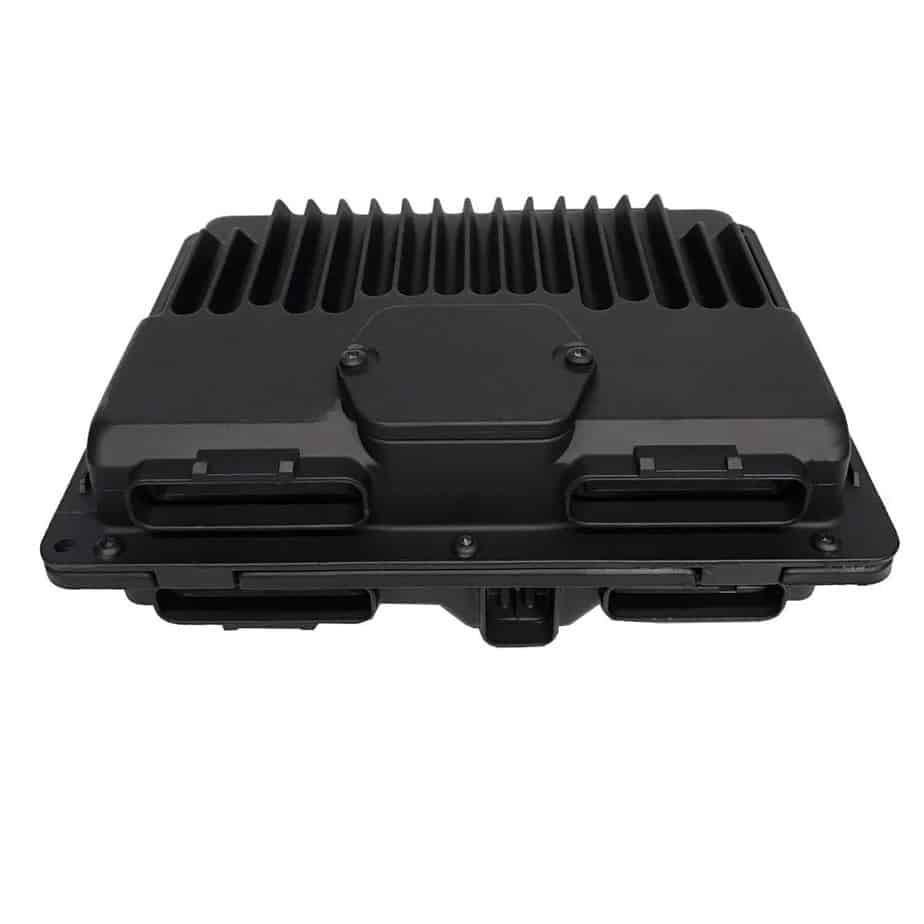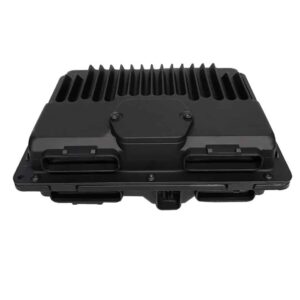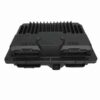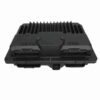Restore Your Truck’s Brain and Get Back on the Road
If your 1998 Isuzu Hombre or compatible GM truck is suffering from baffling electrical gremlins, poor performance, or a persistent Check Engine Light, the culprit is often the Powertrain Control Module (PCM). As a technician with over two decades of experience, I’ve seen firsthand how a failing PCM can cause frustrating issues that seem to have no other explanation. This isn’t just a replacement part; it’s a direct solution, arriving at your door pre-programmed with the latest GM software updates specifically for your vehicle’s VIN. This eliminates the need for an expensive trip to the dealership for programming, saving you time and money.
The PCM is the central computer of your vehicle, managing everything from fuel injection and ignition timing to transmission shift points and emissions controls. When it starts to fail, the symptoms can be widespread and confusing. This replacement 1998 Isuzu Hombre PCM is meticulously tested and flashed to your exact vehicle specifications, ensuring it communicates flawlessly with all other modules and sensors, restoring the reliable performance you depend on.
Case Study: The Ghost in the Machine
I remember a 1999 GMC Sierra that came into my bay with a complaint of intermittent stalling and harsh 1-2 shifting. The owner had already replaced the throttle position sensor and the mass airflow sensor with no improvement. His scanner wasn’t showing any consistent codes, just a random misfire now and then. After confirming fuel pressure and ignition system health were solid, I focused on the PCM. On these older GM trucks, heat cycles and vibrations can cause microscopic cracks in the PCM’s internal solder joints. We connected our diagnostic tool to monitor live data and saw the ignition control signal drop out right before a stall. We swapped in a VIN-programmed PCM like this one, and the truck ran perfectly. It’s a classic example of how a failing computer can mimic sensor or mechanical failures, making a reliable 1998 Isuzu Hombre PCM a critical diagnostic step.
Is Your Vehicle Showing These Symptoms?
A failing PCM can manifest in many ways. If you’re experiencing any of the following, it might be time for a replacement:
- ✔ Check Engine Light is illuminated with codes like P0601, P0604, or P0606 (Internal Module Failure).
- ✔ Engine cranks but refuses to start.
- ✔ Unexplained drops in fuel economy.
- ✔ Harsh or erratic automatic transmission shifting.
- ✔ Intermittent stalling or rough idling.
- ✔ Communication errors with your OBD-II scan tool.
- ✔ Loss of spark or fuel injector pulse.
A Straightforward Guide to Installation
Installing your new PCM is a job most DIYers can handle in their own driveway. Follow these steps for a smooth installation:
- Safety First: Always disconnect the negative terminal from your vehicle’s battery and wait 10-15 minutes for the system to fully discharge.
- Locate the PCM: On most of these vehicles, the PCM is located in the engine bay, often on the driver’s or passenger’s side fender wall or near the battery.
- Disconnect the Connectors: Carefully release the locking tabs and unplug the wiring harnesses from the old module. Inspect the connectors for any corrosion or damaged pins.
- Remove the Old Module: Unbolt the old PCM from its mounting bracket.
- Install the New PCM: Mount your new, pre-programmed PCM and securely reconnect the wiring harnesses. Ensure the locking tabs click into place.
- Reconnect the Battery: Re-attach the negative battery terminal.
- Perform Relearn (If Necessary): You may need to perform a security relearn procedure (often called a CASE learn or Passlock relearn) for the vehicle to start. This procedure can typically be found online and involves a sequence of key cycles.
Verified Vehicle Compatibility
This module is a direct replacement for part numbers 09355699, 16250279, and 09366810. It is guaranteed to fit the following vehicles. Please match your vehicle and original part ID to ensure proper fitment:
- Isuzu Hombre (1998): 4.3L (6-cyl), w/o extended build date opt ZN4; ID 16250279 or 16258815
- Cadillac Escalade (1999): ID 16250279
- Chevrolet/GMC S-10, S-15, Sonoma, Blazer, Jimmy, Bravada, Envoy (1998): 4.3L, w/o build date opt ZN4; ID 16250279 or 16258815
- Chevrolet/GMC C/K 1500/2500/3500 Pickups (1998-1999): Gasoline engines; ID 16250279
- Chevrolet/GMC Suburban, Tahoe, Yukon (1998-1999): Gasoline engines; ID 16250279
- Chevrolet Astro / GMC Safari (1998-1999): ID 16250279
- Chevrolet Express / GMC Savana 1500/2500/3500 Vans (1998): Gasoline engines; ID 16250279
Why do you need my VIN?
Your Vehicle Identification Number (VIN) allows us to flash the module with the exact software and calibrations your vehicle was built with. This ensures perfect compatibility with your engine, transmission, and options, making the installation process plug-and-play without needing a dealership visit.
Is this a difficult part to install myself?
For most people with basic hand tools, this is a very manageable DIY job. The most important steps are disconnecting the battery and being gentle with the wiring harness connectors. Since we program it for you, the hardest part of the job is already done.
Will this fix my transmission shifting problems?
In many cases, yes. The PCM controls the transmission’s hydraulic solenoids to manage shifting. If the PCM is sending faulty signals, it can cause harsh shifts, delayed engagement, or slipping. This is a common symptom of a failing 1998 Isuzu Hombre PCM.
What is a security relearn or CASE relearn?
After installing a new PCM, the vehicle’s anti-theft system (Passlock) may need to be synchronized with the new module. This is the “security relearn.” A Crankshaft Variation (CASE) relearn synchronizes the PCM with the crankshaft position sensor for accurate misfire detection. Procedures for these are widely available online and usually involve simple key-on/key-off cycles.
Is there a core charge for my old part?
This listing does not require a core return. You can keep your old module, though we always recommend recycling old electronics responsibly.



